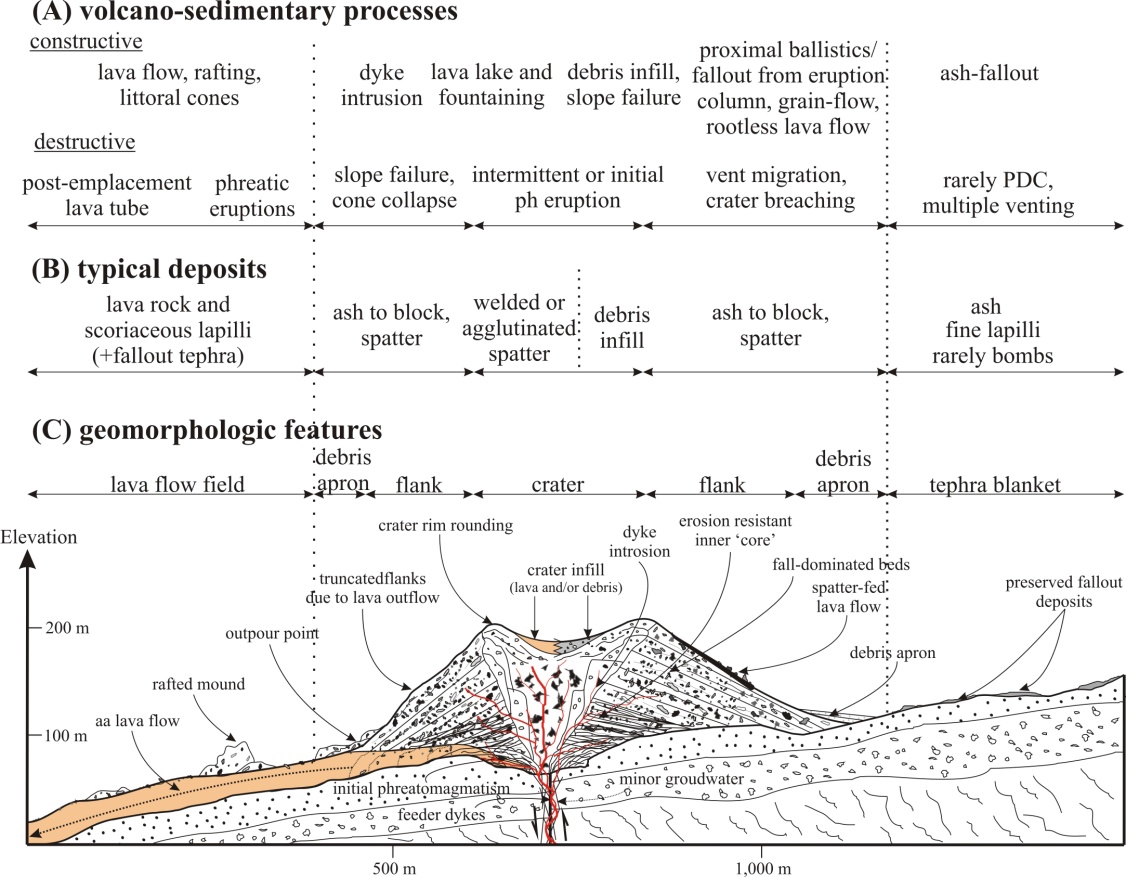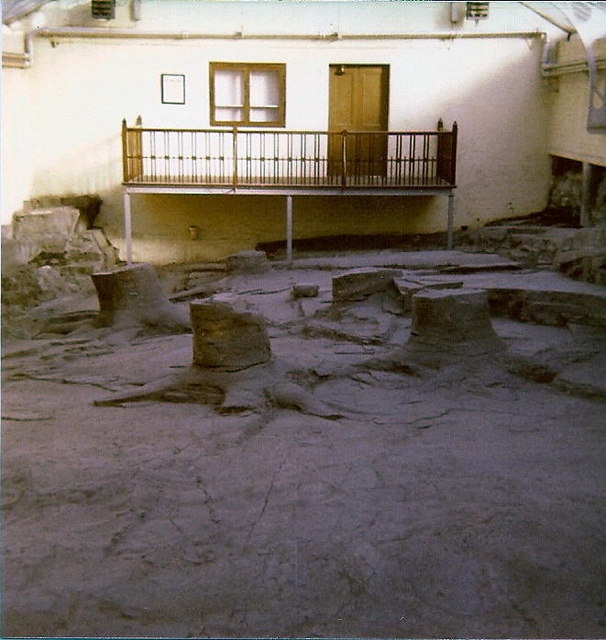|
Mount émuro (Shizuoka)
is a -high cinder cone volcano in the Izu-Tobu volcano field of Ité, Shizuoka, Japan. At the independent peak, the yearly mountain burning that been performed for more than 700 years is carried out in the early spring,ÐÍÝÝÐ¨Ó ð¥ÒÝШÌËÐÒˆÙÍÈý̯ÒÐÌÍ2020Í¿Ç2Ì25ÌËÿ¥Óʃð¥ÕÂÿ¥2020Í¿Ç2Ì29ÌËÕýÒÎÏ so it is often covered with annual plants and is a symbol of Ité. The mountain is designated as a national natural monument and part of Fuji-Hakone-Izu National Park. Gallery File:Mount_Omuro_(Izu_Peninsula)_20100426_(B).jpg, From the northwest. File:Mount_émuro_20120218_b.jpg, Symbolic pyroclastic cone of the Izu-Tobu volcano field. File:Omuroyama_-01.jpg, Looking up from the north foot. External links The story of the land of Izu pages 82-87in Japanese - |
Ité, Shizuoka
280px, Ité City Hall is a city located on the eastern shore of the Izu Peninsula in Shizuoka Prefecture, Japan. , the city had an estimated population of 68,773 in 36,717 households and a population density of 550 persons per kmôý. The total area was . Geography Ité is located in eastern Shizuoka Prefecture, on the northeast corner of Izu Peninsula, facing Sagami Bay on the Pacific Ocean. The landscape is hilly, and the heavily indented coastline is scenic. Much of the coastal area of the city is within the Fuji-Hakone-Izu National Park. The city is located within the Izu-Tobu volcanic zone, and is subject to frequent earthquakes. The area is noted for its onsen hot spring resorts. Surrounding municipalities Shizuoka Prefecture *Atami *Izu *Izunokuni * Higashiizu Demographics Per Japanese census data, the population of Ité peaked in around the year 2000, and has declined slightly since. Climate The city has a climate characterized by hot and humid summers, and rel ... [...More Info...] [...Related Items...] OR: [Wikipedia] [Google] [Baidu] |
Shizuoka Prefecture
is a prefecture of Japan located in the Ché¨bu region of Honshu. Shizuoka Prefecture has a population of 3,637,998 and has a geographic area of . Shizuoka Prefecture borders Kanagawa Prefecture to the east, Yamanashi Prefecture to the northeast, Nagano Prefecture to the north, and Aichi Prefecture to the west. Shizuoka is the capital and Hamamatsu is the largest city in Shizuoka Prefecture, with other major cities including Fuji, Numazu, and Iwata. Shizuoka Prefecture is located on Japan's Pacific Ocean coast and features Suruga Bay formed by the Izu Peninsula, and Lake Hamana which is considered to be one of Japan's largest lakes. Mount Fuji, the tallest volcano in Japan and cultural icon of the country, is partially located in Shizuoka Prefecture on the border with Yamanashi Prefecture. Shizuoka Prefecture has a significant motoring heritage as the founding location of Honda, Suzuki, and Yamaha, and is home to the Fuji International Speedway. History Shizuoka Prefe ... [...More Info...] [...Related Items...] OR: [Wikipedia] [Google] [Baidu] |
Japan
Japan ( ja, ÌË̘, or , and formally , ''Nihonkoku'') is an island country in East Asia. It is situated in the northwest Pacific Ocean, and is bordered on the west by the Sea of Japan, while extending from the Sea of Okhotsk in the north toward the East China Sea, Philippine Sea, and Taiwan in the south. Japan is a part of the Ring of Fire, and spans Japanese archipelago, an archipelago of List of islands of Japan, 6852 islands covering ; the five main islands are Hokkaido, Honshu (the "mainland"), Shikoku, Kyushu, and Okinawa Island, Okinawa. Tokyo is the Capital of Japan, nation's capital and largest city, followed by Yokohama, Osaka, Nagoya, Sapporo, Fukuoka, Kobe, and Kyoto. Japan is the List of countries and dependencies by population, eleventh most populous country in the world, as well as one of the List of countries and dependencies by population density, most densely populated and Urbanization by country, urbanized. About three-fourths of Geography of Japan, the c ... [...More Info...] [...Related Items...] OR: [Wikipedia] [Google] [Baidu] |
Cinder Cone
A cinder cone (or scoria cone) is a steep conical hill of loose pyroclastic fragments, such as volcanic clinkers, volcanic ash, or scoria that has been built around a volcanic vent. The pyroclastic fragments are formed by explosive eruptions or lava fountains from a single, typically cylindrical, vent. As the gas-charged lava is blown violently into the air, it breaks into small fragments that solidify and fall as either cinders, clinkers, or scoria around the vent to form a cone that often is symmetrical; with slopes between 30 and 40ô¯; and a nearly circular ground plan. Most cinder cones have a bowl-shaped crater at the summit. Mechanics of eruption Cinder cones range in size from tens to hundreds of meters tall and often have a bowl-shaped crater at the summit. They are composed of loose pyroclastic material (cinder or scoria), which distinguishes them from ''spatter cones'', which are composed of agglomerated volcanic bombs. The pyroclastic material making up a cinder ... [...More Info...] [...Related Items...] OR: [Wikipedia] [Google] [Baidu] |
Cinder Cone
A cinder cone (or scoria cone) is a steep conical hill of loose pyroclastic fragments, such as volcanic clinkers, volcanic ash, or scoria that has been built around a volcanic vent. The pyroclastic fragments are formed by explosive eruptions or lava fountains from a single, typically cylindrical, vent. As the gas-charged lava is blown violently into the air, it breaks into small fragments that solidify and fall as either cinders, clinkers, or scoria around the vent to form a cone that often is symmetrical; with slopes between 30 and 40ô¯; and a nearly circular ground plan. Most cinder cones have a bowl-shaped crater at the summit. Mechanics of eruption Cinder cones range in size from tens to hundreds of meters tall and often have a bowl-shaped crater at the summit. They are composed of loose pyroclastic material (cinder or scoria), which distinguishes them from ''spatter cones'', which are composed of agglomerated volcanic bombs. The pyroclastic material making up a cinder ... [...More Info...] [...Related Items...] OR: [Wikipedia] [Google] [Baidu] |
Volcano
A volcano is a rupture in the crust of a planetary-mass object, such as Earth, that allows hot lava, volcanic ash, and gases to escape from a magma chamber below the surface. On Earth, volcanoes are most often found where tectonic plates are diverging or converging, and most are found underwater. For example, a mid-ocean ridge, such as the Mid-Atlantic Ridge, has volcanoes caused by divergent tectonic plates whereas the Pacific Ring of Fire has volcanoes caused by convergent tectonic plates. Volcanoes can also form where there is stretching and thinning of the crust's plates, such as in the East African Rift and the Wells Gray-Clearwater volcanic field and Rio Grande rift in North America. Volcanism away from plate boundaries has been postulated to arise from upwelling diapirs from the coreãmantle boundary, deep in the Earth. This results in hotspot volcanism, of which the Hawaiian hotspot is an example. Volcanoes are usually not created where two tectonic plates slide ... [...More Info...] [...Related Items...] OR: [Wikipedia] [Google] [Baidu] |
ÒˆÙÍÈý̯Ò
The (lit. ''Reading-selling Newspaper'' or ''Selling by Reading Newspaper'') is a Japanese newspaper published in Tokyo, Osaka, Fukuoka, and other major Japanese cities. It is one of the five major newspapers in Japan; the other four are the ''Asahi Shimbun'', the ''Chunichi Shimbun (Tokyo Shimbun)'' the ''Mainichi Shimbun'', and the ''Nihon Keizai Shimbun''. It is headquartered in Otemachi, Chiyoda, Tokyo.' It is a newspaper that represents Tokyo and generally has a conservative orientation. It is one of Japan's leading newspapers, along with the Osaka-based liberal (Third way) Asahi Shimbun and the Nagoya-based Social democratic Chunichi Shimbun. It is published by regional bureaus, all of them subsidiaries of The Yomiuri Shimbun Holdings, Japan's largest media conglomerate by revenue and the second largest media conglomerate by size behind Sony,The Yomiuri Shimbun Holdings is the largest media conglomerate by revenue in Japan, while Sony is Japan's largest media congl ... [...More Info...] [...Related Items...] OR: [Wikipedia] [Google] [Baidu] |
Fuji-Hakone-Izu National Park
is a national park in Yamanashi, Shizuoka, and Kanagawa Prefectures, and western Tokyo Metropolis, Japan. It consists of Mount Fuji, Fuji Five Lakes, Hakone, the Izu Peninsula, and the Izu Islands. Fuji-Hakone-Izu National Park covers . Rather than being a specific spot, the park is a collection of dispersed tourist sites that dot the region. The farthest point south, the isle of Hachijé-jima, is several hundred kilometers from Mount Fuji. The park includes a variety of geographic features including natural hot springs, coastlines, mountainous areas, lakes, and more than 1000 volcanic islands. Vegetation in the park ranges from species of mountainous trees to the subtropical vegetation of the Izu Islands. Fuji-Hakone-Izu National Park was established on February 2, 1936, as Fuji-Hakone National Park, and is one of the first four national parks established in Japan. In 1950, the Izu islands were added to the park, and its name changed to its present designation. Due to its prox ... [...More Info...] [...Related Items...] OR: [Wikipedia] [Google] [Baidu] |
Izu Peninsula
The is a large mountainous peninsula with a deeply indented coastline to the west of Tokyo on the Pacific coast of the island of Honshu, Japan. Formerly known as Izu Province, Izu peninsula is now a part of Shizuoka Prefecture. The peninsula has an area of and its estimated population in 2005 was 473,942 people. The peninsulaãs populated areas are located primarily on the north and east. Geology Tectonically, the Izu peninsula results from the Philippine Sea Plate colliding with the Okhotsk Plate at the Nankai Trough. The Philippine Sea Plate, the Amurian Plate, and the Okhotsk Plate meet at Mount Fuji, a triple junction. The peninsula itself lies on the Philippine Sea Plate. The southern portion of the peninsula is composed largely of breccia, and the central and northern portions consist of numerous highly eroded volcanoes. The Amagi Mountain Range dominates the center of the peninsula with Mount Amagi () and Mount Atami () in the east and Mount Daruma () in the west ... [...More Info...] [...Related Items...] OR: [Wikipedia] [Google] [Baidu] |
Geopark
A geopark is a protected area with internationally significant geology within which sustainable development is sought and which includes tourism, conservation, education and research concerning not just geology but other relevant sciences. In 2005, a European Geopark was defined as being: "a territory with a particular geological heritage and with a sustainable territorial development....the ultimate aim of a European Geopark is to bring enhanced employment opportunities for the people who live there." Today the geopark is virtually synonymous with the UNESCO geopark, which is defined and managed under the voluntary authority of UNESCO's International Geoscience and Geoparks Programme (IGGP). UNESCO provides a standard for geoparks and a certification service to parks that apply for it. The service is available to member states of UNESCO. This list is not the same as the member states of the United Nations. Membership in the UN does not automatically imply membership in UNESCO ... [...More Info...] [...Related Items...] OR: [Wikipedia] [Google] [Baidu] |
Mountains Of Shizuoka Prefecture
A mountain is an elevated portion of the Earth's crust, generally with steep sides that show significant exposed bedrock. Although definitions vary, a mountain may differ from a plateau in having a limited summit area, and is usually higher than a hill, typically rising at least 300 metres (1,000 feet) above the surrounding land. A few mountains are isolated summits, but most occur in mountain ranges. Mountains are formed through tectonic forces, erosion, or volcanism, which act on time scales of up to tens of millions of years. Once mountain building ceases, mountains are slowly leveled through the action of weathering, through slumping and other forms of mass wasting, as well as through erosion by rivers and glaciers. High elevations on mountains produce colder climates than at sea level at similar latitude. These colder climates strongly affect the ecosystems of mountains: different elevations have different plants and animals. Because of the less hospitable terrain and ... [...More Info...] [...Related Items...] OR: [Wikipedia] [Google] [Baidu] |








